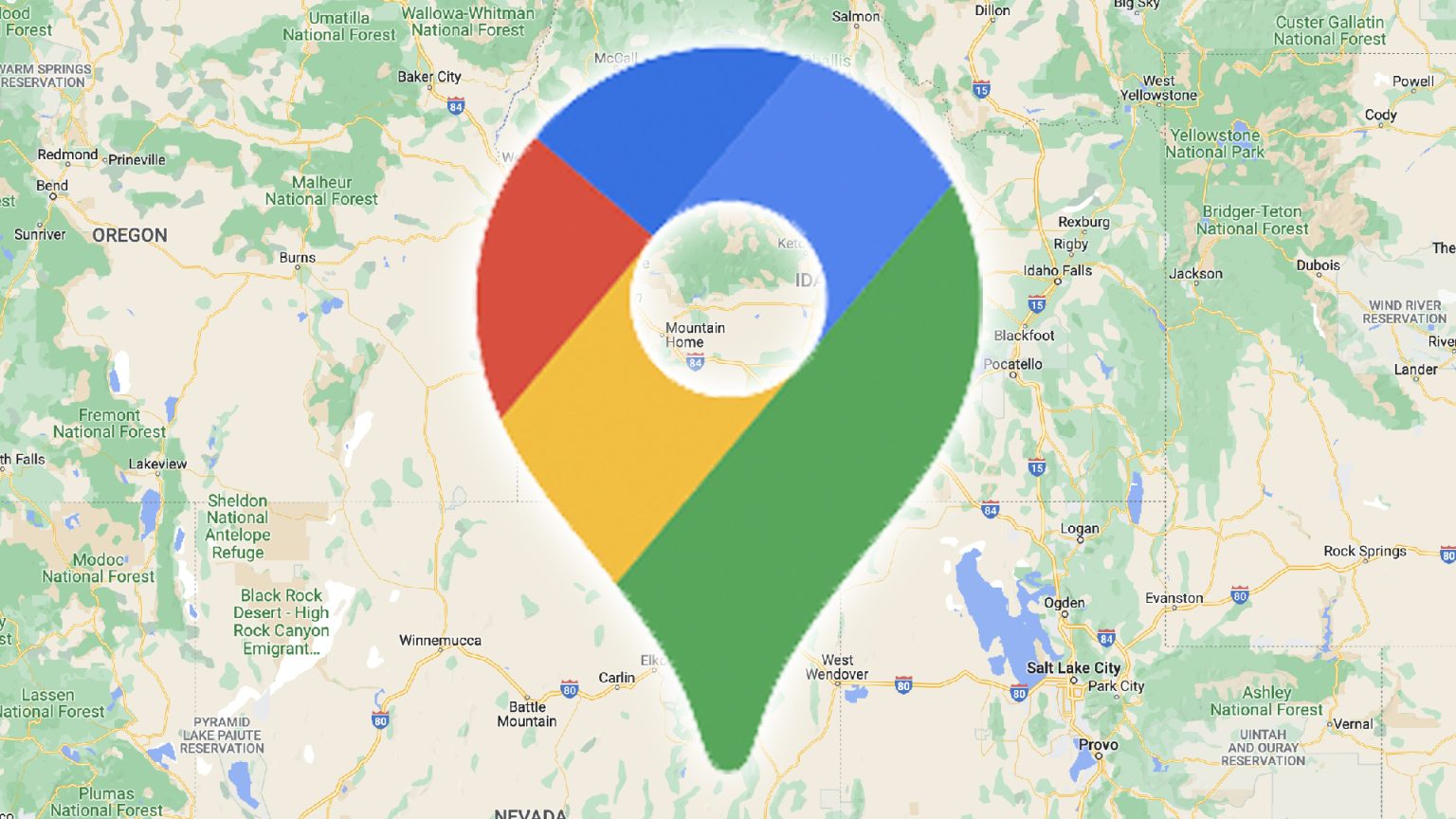Google has reversed a recent and unpopular user interface change to its Android Auto implementation of Google Maps. The change centered the map and the blue location indicator to the physical display of the car’s infotainment screen, rather than centering it within the Google Maps app window itself. This seemingly minor alteration created significant usability issues, particularly for drivers with smaller infotainment screens. The centering to the display, instead of the app window, resulted in a substantial portion of the map being obscured, especially when the search bar was also visible. This made it difficult for users to quickly glance at the map and ascertain their current location and surrounding environment. The issue was further exacerbated by the fact that even expanding the map view didn’t resolve the problem; the black area surrounding the app window persisted, continuing to obstruct a significant portion of the map.
The user backlash to this change was swift and vociferous, with numerous complaints appearing on platforms like Reddit. Users expressed their frustration with the reduced visibility, describing the experience as “awful” and “despicable.” The encroaching black area surrounding the app window was a particular source of irritation, as it limited the usable map area even when attempting to maximize the map view. Several users threatened to abandon Google Maps altogether and switch to competing navigation apps like Waze, a clear indication of the level of dissatisfaction with the change. The complaints weren’t limited to the centering issue; the size and functionality of the search bar also drew criticism. Users found the search bar unnecessarily large and felt that its destination suggestions were rarely helpful.
Recognizing the severity of the negative feedback, Google promptly reversed the change. The updated version of Google Maps for Android Auto once again centers the map and location indicator within the app window, restoring the previous functionality and improving map visibility, especially on smaller screens. While this reversal addresses the primary complaint, user dissatisfaction with the search bar persists.
The issue highlights the importance of user-centered design in software development, particularly for applications like navigation apps where usability is paramount for safety and efficient travel. Google’s quick response to the negative feedback demonstrates a willingness to listen to user concerns and adjust accordingly. However, the persistent complaints regarding the search bar suggest that further improvements are needed to optimize the overall user experience. Specifically, users desire a smaller, less obtrusive search bar that provides more relevant and useful destination suggestions.
To determine if the updated version of Google Maps is available for your Android device, you can check for updates in the Google Play Store. Open the Play Store, tap your profile icon in the top right corner, then select “Manage apps & device.” If an update is available, you will see it listed under “Updates available.” Tap “See details” to view available updates for individual apps, or “Update all” to update all your apps simultaneously.
The incident underscores the potential for even seemingly minor UI changes to have a significant impact on user experience. In this case, the change in centering impacted visibility and usability, leading to frustration among drivers. While Google’s rapid reversal of the change is commendable, the lingering concerns about the search bar suggest a need for ongoing refinement and a greater focus on user feedback in future updates. This iterative process of design, feedback, and revision is crucial for ensuring that apps remain user-friendly and meet the evolving needs of their users. The incident also highlights the competitive landscape of navigation apps, as user dissatisfaction can quickly lead to migration to alternative platforms.


